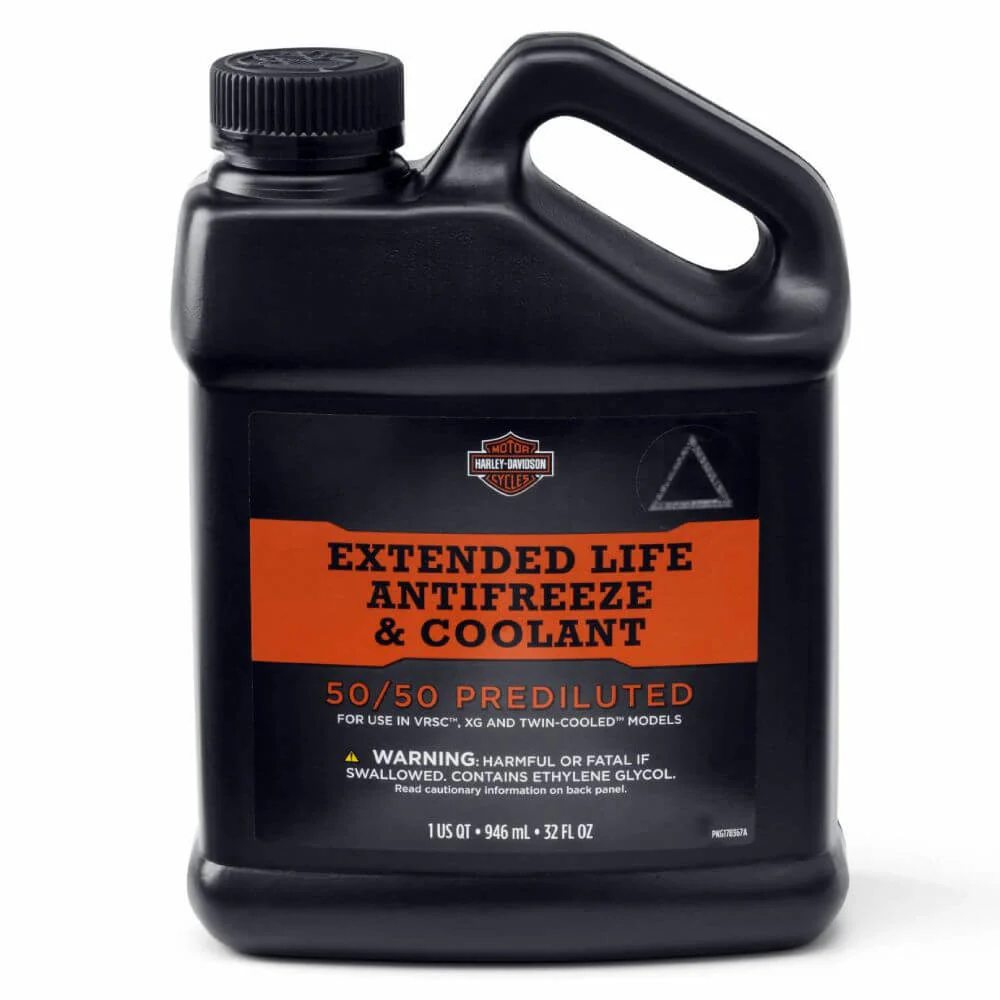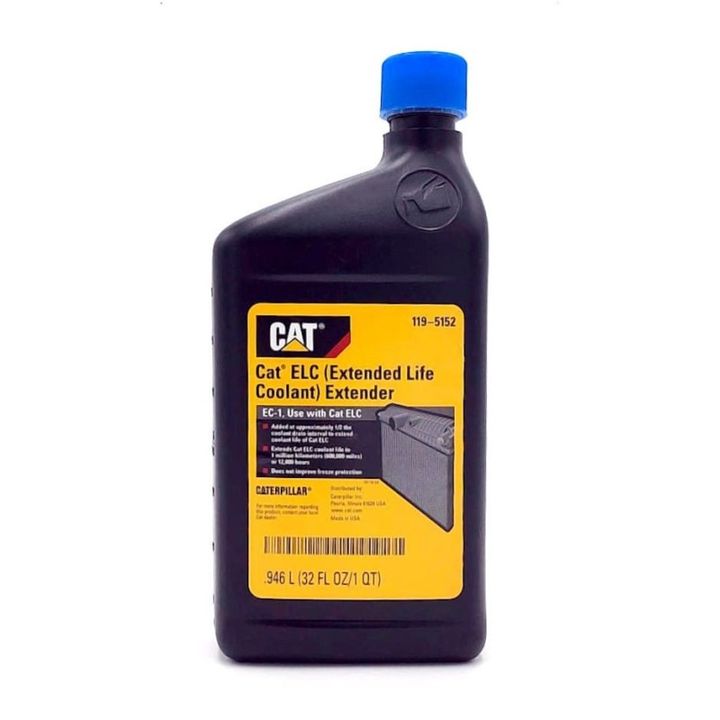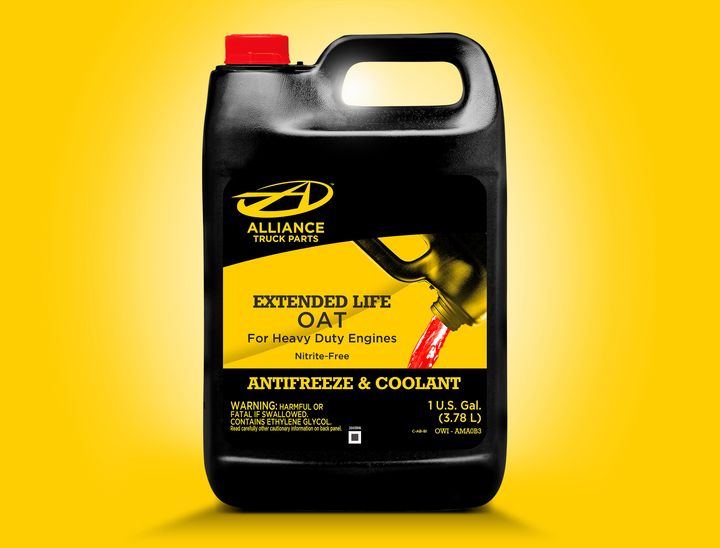


Extended life coolants, also known as long-life coolants, are specially formulated antifreeze/coolant mixtures designed to provide superior protection and extended service intervals for vehicle cooling systems. These advanced formulations offer numerous advantages over conventional coolants, including reduced maintenance costs, improved environmental sustainability, and enhanced cooling system durability.

The secret behind the extended service life of these coolants lies in their unique composition and additives. They are typically based on ethylene glycol or propylene glycol, mixed with deionized water. However, the true strength comes from the organic acid technology (OAT) corrosion inhibitors they contain, such as sebacates, benzoates, and organic acids.
| Conventional Coolant Additives | Extended Life Coolant Additives |
|---|---|
| Silicates | Sebacates |
| Phosphates | Benzoates |
| Nitrites | Organic acids |
These organic acid inhibitors are less depleting than traditional inorganic additives, allowing for a significantly longer service life without the need for supplemental coolant additives (SCAs).

One of the primary advantages of extended life coolants is their ability to provide cooling system protection for extended periods, significantly reducing maintenance requirements and associated downtime.
| Vehicle Type | Conventional Coolant | Extended Life Coolant |
|---|---|---|
| Passenger Vehicles | 2 years or 30,000 miles | Up to 5 years or 150,000 miles |
| Heavy-Duty Diesel Engines | - | Up to 1,000,000 miles or 20,000 hours |
By extending the service life, these coolants directly contribute to reduced maintenance costs and downtime. Conventional coolants typically require replacement every 2 years or 30,000 miles, resulting in higher maintenance expenses and increased vehicle downtime. With extended life coolants, these costs and disruptions are minimized, improving overall operational efficiency and cost-effectiveness.
Extended life coolants are designed to meet the stringent performance specifications and approvals set by major automotive manufacturers, ensuring compatibility with a wide range of cooling system materials and vehicle types.
OEM Specifications and Approvals: Many extended life coolants meet the performance specifications and approvals from leading automotive manufacturers such as Ford, GM, Mercedes-Benz, Volkswagen, and others.
Compatibility with Cooling System Materials: These coolants are formulated to be compatible with a wide range of cooling system materials, including aluminum components, preventing potential issues such as corrosion or degradation.
Mixed Fleet Compatibility: Some extended life coolants are designed specifically for mixed fleets, catering to both gasoline and diesel vehicles from various manufacturers, simplifying maintenance procedures and inventory management.
In addition to their extended service life and compatibility, extended life coolants offer significant environmental benefits, aligning with the growing demand for sustainable and eco-friendly automotive solutions.
| Environmental Impact | Conventional Coolant | Extended Life Coolant |
|---|---|---|
| Waste Coolant Disposal | Higher volumes | Reduced volumes |
| Disposal Costs | Potentially higher | Lower |
| Harmful Additives | Contains silicates, phosphates, nitrites, borates, nitrates, amines | Free of these additives |
By eliminating these potentially harmful additives and reducing waste coolant disposal, extended life coolants minimize the environmental impact associated with coolant usage and disposal, while also contributing to cost savings.
While extended life coolants offer numerous advantages, it is essential to follow the manufacturer's recommendations for proper maintenance, top-offs, and complete cooling system flushes to ensure maximum protection and service life.
Regular Top-Offs: Maintaining the appropriate coolant level and concentration through regular top-offs is crucial to prevent coolant depletion and maintain the effectiveness of the corrosion inhibitors.
Complete Cooling System Flushes: Even with extended life coolants, complete cooling system flushes are recommended at the intervals specified by the manufacturer to remove accumulated contaminants or deposits, ensuring optimal heat transfer and corrosion protection.
Following Manufacturer Recommendations: Adhering to the manufacturer's recommendations for coolant replacement intervals, compatible coolant types, and maintenance procedures is vital to avoid potential warranty issues and ensure the performance and longevity of the cooling system.
In summary, extended life coolants offer a range of benefits, including extended service life, reduced maintenance costs, improved environmental sustainability, and enhanced cooling system protection. By understanding their composition, compatibility, and maintenance requirements, vehicle owners and fleet operators can unlock the full potential of these innovative coolants, ensuring optimal performance and cost-effectiveness for their cooling systems.
Extended life coolants, also known as long-life coolants, are specially formulated antifreeze/coolant mixtures designed to provide longer service intervals and improved protection for vehicle cooling systems. They contain organic acid technology corrosion inhibitors that are less depleting, allowing for extended service life.
Conventional coolants contain inorganic additives like silicates, phosphates, and nitrites, while extended life coolants use organic acid inhibitors like sebacates, benzoates, and organic acids, which are less depleting and enable longer service intervals.
For passenger vehicles, extended life coolants can provide cooling system protection for up to 5 years or 150,000 miles, while for heavy-duty diesel engines, they can last up to 1,000,000 miles or 20,000 hours.
Extended life coolants meet performance specifications from major automotive manufacturers and are compatible with a wide range of cooling system materials, including aluminum. Some are designed for mixed fleets with both gasoline and diesel vehicles.
Extended life coolants are typically free of silicates, phosphates, nitrites, borates, nitrates, and amines, making them more environmentally friendly. They also help reduce waste coolant disposal and associated costs.
Proper maintenance, including regular top-offs and complete cooling system flushes at recommended intervals, is crucial to ensure maximum protection and service life of extended life coolants and prevent potential issues or warranty concerns.
Extended life coolants are typically based on ethylene glycol or propylene glycol, mixed with deionized water, and contain organic acid technology (OAT) corrosion inhibitors like sebacates, benzoates, and organic acids.
By providing extended service intervals of up to 5 years or 150,000 miles for passenger vehicles, extended life coolants significantly reduce the frequency of coolant replacements and associated maintenance costs compared to conventional coolants.
Extended life coolants are designed to meet performance specifications from various automotive manufacturers and are compatible with a wide range of vehicle types, including both gasoline and diesel engines in some cases.
Some extended life coolants are specifically formulated for mixed fleets, catering to both gasoline and diesel vehicles from various manufacturers, simplifying maintenance procedures and inventory management for fleet operators.

Miguel started tinkering with car radios as a teenager, fascinated by the intricate dance of wires and circuits. This passion led him to pursue a career as an automotive electrician. For the past 10 years, Miguel has tackled everything from flickering headlights to mysterious electrical gremlins. He thrives on troubleshooting electrical problems and enjoys sharing his knowledge to empower car owners to understand their vehicles better.








